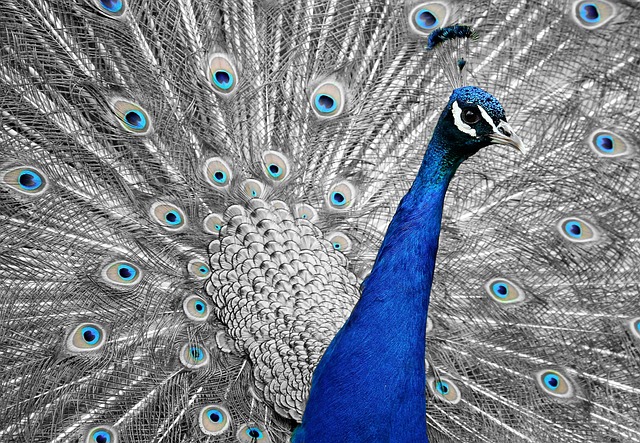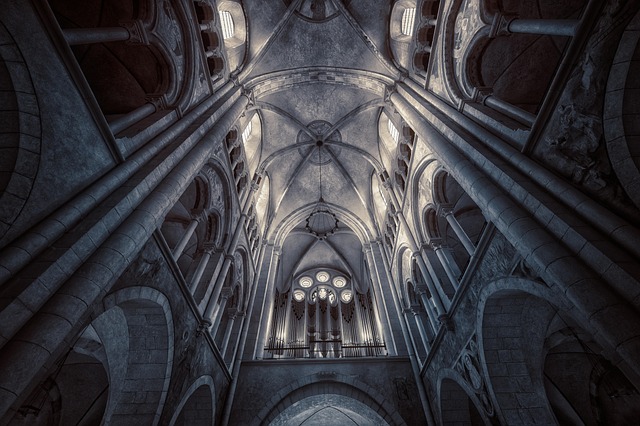In the realm of fine arts, few elements possess the transformative power of a silhouette. The stark contrast of light and dark encapsulates stories, emotions, and cultural narratives in a single frame. Silhouettes have been used for centuries across various cultures, often serving as both artistic expression and a reflection of societal values.
A silhouette, defined as a dark shape or outline against a lighter background, evokes a sense of mystery and intrigue. This simplicity can strip away the unnecessary details, allowing the viewer to interpret the essence of the subject matter. Artists have harnessed this power to convey complex themes in a visually striking manner, provoking thought and empathy among audiences.
Culturally, silhouettes have deep roots in art history. Created as early as the 17th century, they were often used to commemorate important figures or events. The silhouette, or profile portrait, gained popularity in Europe during the Age of Enlightenment, where it served not only as an artistic endeavor but also as a means of exploring identity and status within society. In many cultures, these shadowy representations have been utilized in storytelling, where the outline of a character can convey life’s significant moments without the need for intricate detail.
In contemporary fine arts, silhouettes continue to play a pivotal role, bridging the gap between traditional and modern artistic practices. Artists such as Kara Walker and Romare Bearden have redefined the silhouette, embedding their works with powerful cultural commentary. Walker’s use of black paper cutouts challenges viewers to confront issues of race, gender, and identity, while Bearden’s silhouettes often showcase the African American experience, invoking a deep sense of cultural pride and preservation.
Moreover, the silhouette’s adaptability allows it to thrive across various mediums, from painting and sculpture to photography and digital art. This versatility enhances its connection to culture, providing a platform for artists to explore diverse narratives and perspectives. With each artwork, the viewer is invited to engage with the cultural dimensions embedded in the artwork, fostering a greater appreciation for the stories that shape our world.
When we contemplate the power of the silhouette, we recognize it not merely as a stripped-back representation of subject matter but as a profound cultural artifact. It reflects the shared human experience of longing, loss, and celebration, enlivening the discourse within the fine arts. Embrace the silhouette, and you’ll find a world of artistic exploration and cultural depth waiting just beyond the edges of light and shadow.




